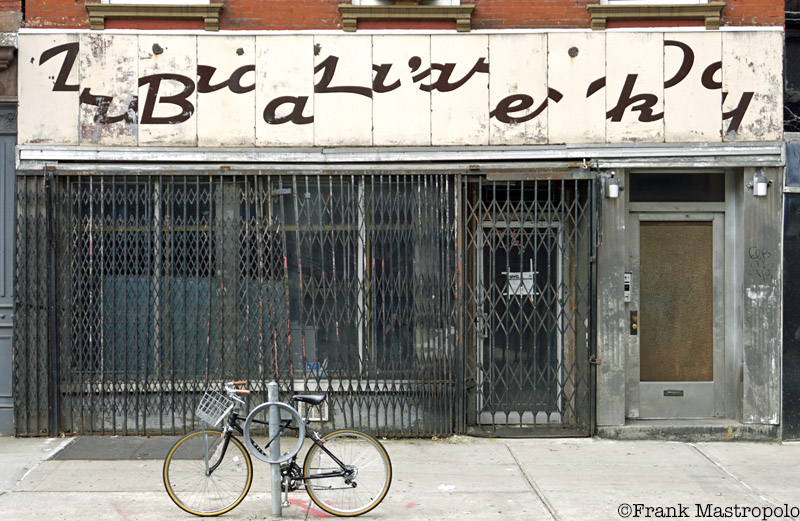
Ghost signs, the historic ads for businesses that vanished decades ago, are always a surprise when spotted in Brooklyn and Uptown and Downtown Manhattan. While it’s usually clear to see what these signs once advertised, sometimes the message can be a bit obscured. These puzzling messages may be partially covered by new construction or faded from years of exposure to the elements. Others are a downright mystery, such as the ghost sign of Dora’s Bakery in Williamsburg which someone turned into a giant letter tiles puzzle. Here, we decode 10 of NYC’s puzzling and partially obscured ghost signs:
1. Avenue A Street Sign, 1458 York Avenue
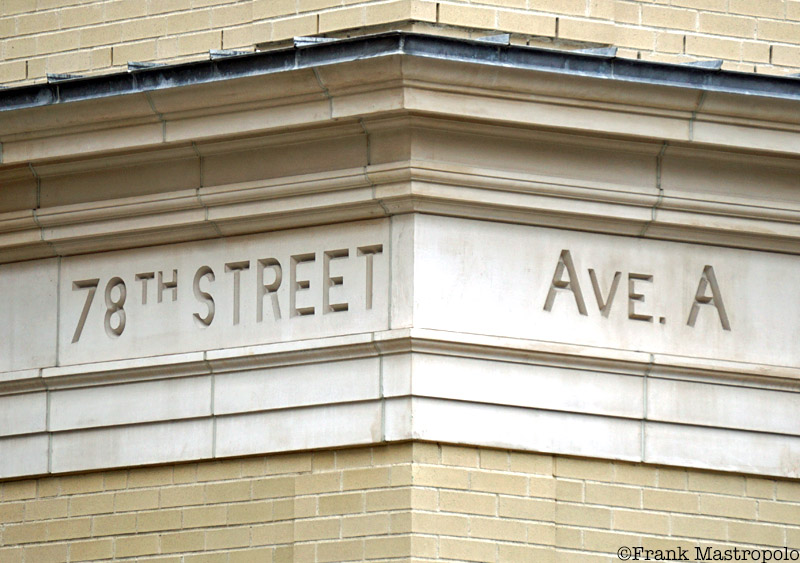
New Yorkers know Avenue A as the busy East Village destination that runs from Houston Street to 14th Street and borders Tompkins Square Park. Avenue A, once a spot for young parents shopping for children’s clothing, carriages and toys, is today lined with bars and restaurants. Yet engraved on the facade of Public School 158, three miles north on York Avenue, is an Avenue A street sign.
When Manhattan’s street grid was established in 1811, Avenue A was one of four lettered avenues for smaller sections east of First Avenue. Until the early 20th century Avenue A also ran through the Upper East Side. When it was built in the 1890s P.S. 158, between 77th and 78th Streets, was on Avenue A. In 1928 the uptown section of Avenue A was renamed York Avenue in honor of World War I hero Sgt. Alvin York.
2. The U.S. Senate, 235 Second Avenue
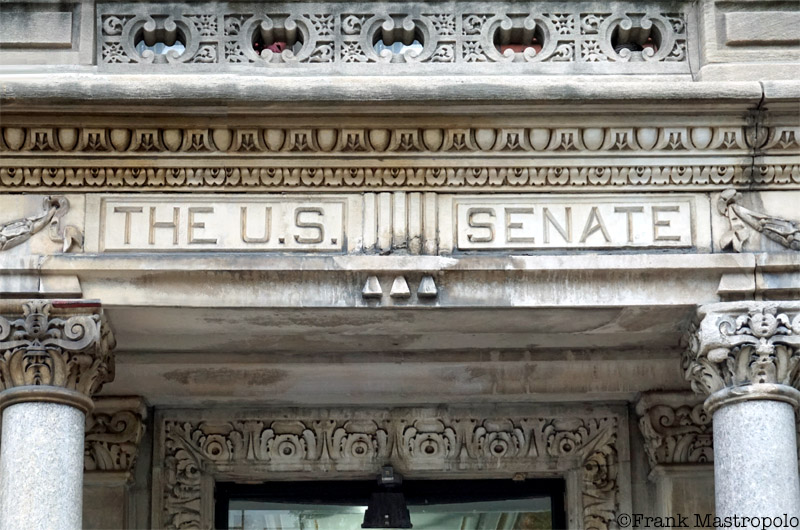
New York City was the nation’s first capital after the Constitution was ratified in 1788. The U.S. Senate first convened on March 4, 1789, in Federal Hall on Wall Street. Congress moved to Philadelphia in 1790, then to Washington D.C. in 1800. Why does a building more than two miles north of Federal Hall have The U.S. Senate engraved above its entrance?
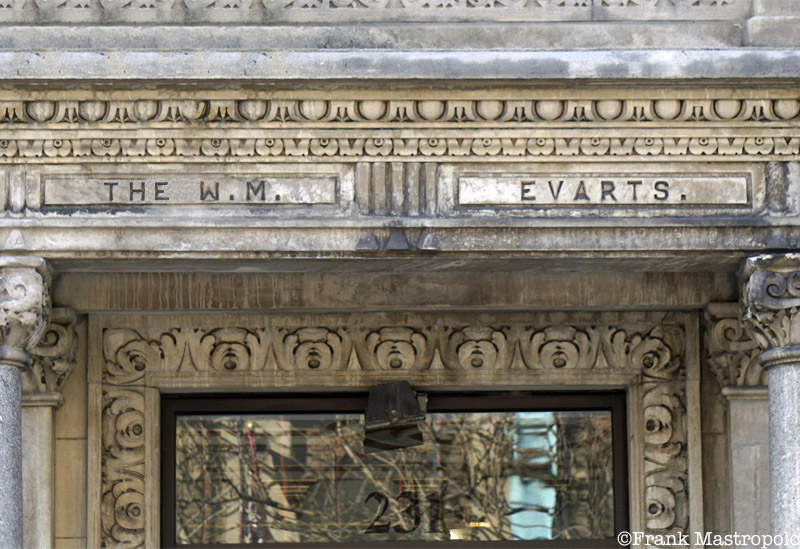
A clue can be found above the entrance of the adjoining building at 231 Second Avenue. William Maxwell Evarts served as Attorney General, Secretary of State, and as U.S. Senator of New York from 1885 to 1891. Evarts’ townhouse stood on the site of the two buildings in the last half of the 19th century. Evarts died here in 1901. When the new buildings were erected on the site in 1910, Evarts’ career was recognized with the engravings on the ghost signs.
3. Ribbon Mills Corp., 102 Madison Avenue
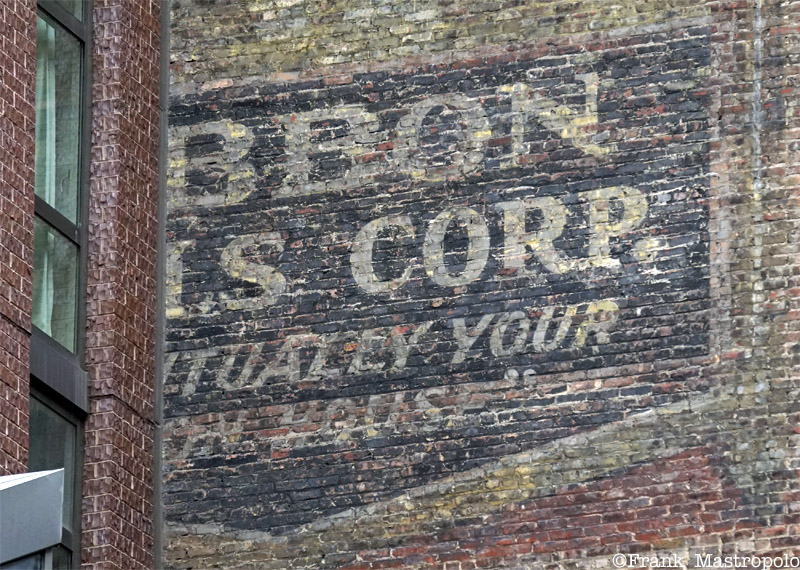
Ribbon Mills was one of many clothing and fabric company ghost signs visible on the side of the Martin Building in NoMad before new construction obscured them in 2007. The full sign reads, “Ribbon Mills Corp. ‘Eventually Your Ribbon House.'” Ghost signs historian Walter Grutchfield notes that the company was located at 1180 Broadway from 1924–1933, then moved to 102 Madison Avenue.
And it was not just ribbons. Image Buffet features a folder that displays the company’s “Largest and Most Complete Line of Shoulder Straps.” In 1937 Ribbon Mills manufactured the “Genuine Authorized Shirley Temple Hairbow and Band.”
4. Elsworth Building, 777 Tenth Avenue
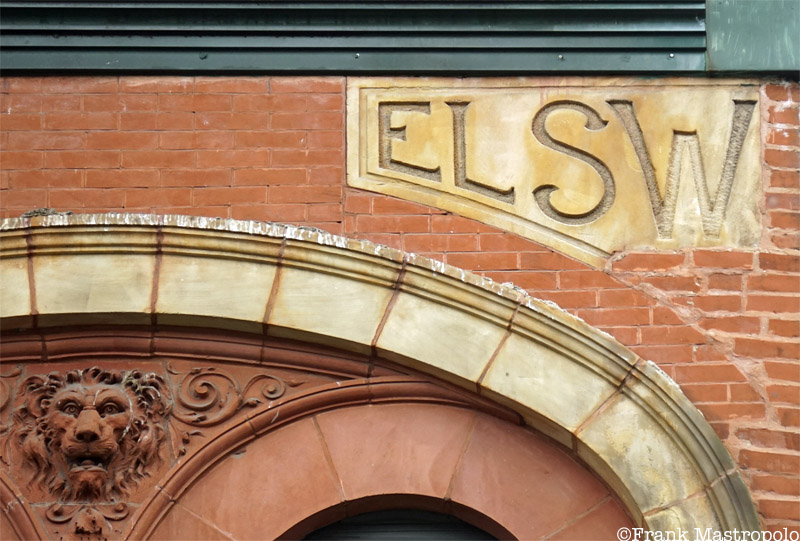
On first look, the ELSW engraving along the roofline of a Hell’s Kitchen building appears to be an abbreviation of some kind. It’s not. ELSW is what’s left on the facade of what was the Elsworth Building. In 2008 the Elsworth building was cut in half to clear room for the construction of the Avalon Clinton apartments.
5. Beefburger Fair, 110 East 23rd Street
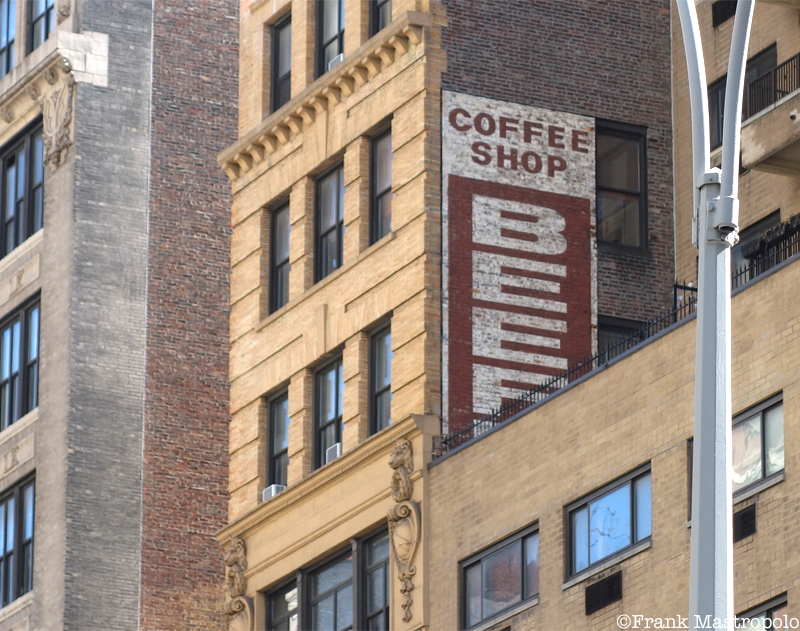
“Surely everyone has heard of Beefburger Fair,” reads an article in Baruch College’s newspaper The Ticker. “Beefburger also boasts a variety of sandwiches, cold platters, and salads that some people enjoy more than their burgers. Portions are generous and satisfying, especially the tuna and chicken salads.”
Beefburger Fair was a small chain of Manhattan coffee shops in business from 1974 to about 1990. There was not much of Beefburger Fair’s Flatiron District ghost sign after a building covered much of it in 1981. What was left survived for decades but was painted over in recent years.
6. World Examining Works, 401 West 14th Street
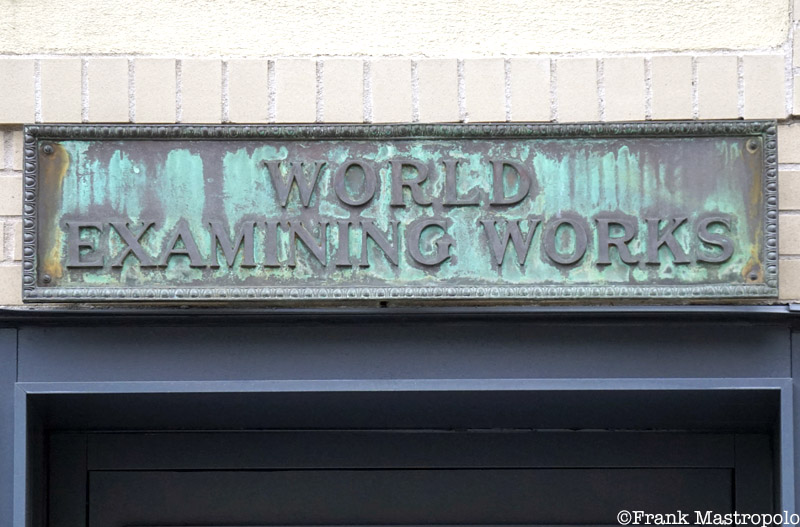
An Apple Store dominates the retail area of the landmarked Western Beef Building in the heart of the Meatpacking District. Its northern corner on Eighth Avenue displays a metal sign for World Examining Works. Its curious name offers little clue to the type of business conducted here unless you are familiar with the textile industry.
World Examining Works was a fabric cleaning, dyeing, and sponging firm that had a variety of Manhattan addresses in the first half of the 20th century. Sponging is a method of shrinking wool fabrics by applying water, then drying them with heat.
7. Tutt’s Liver Pills, 2026 Third Avenue
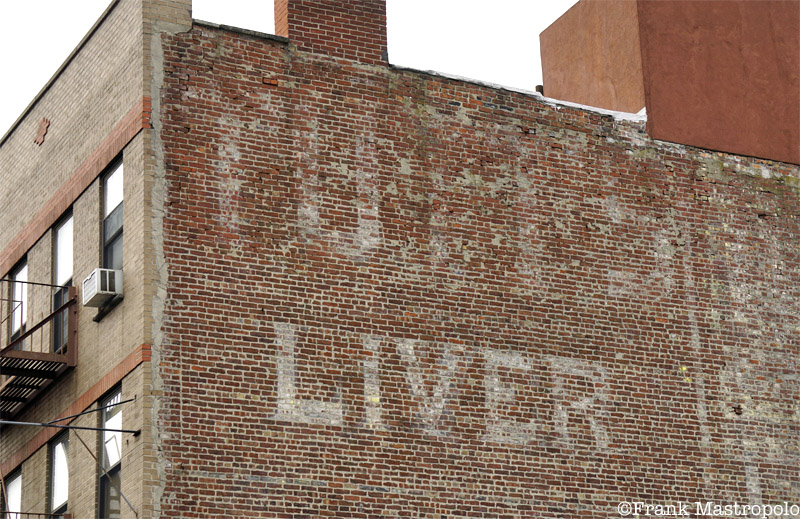
A puzzling ghost sign in East Harlem reads, “Liver.” A sharp eye may spot the faded word “Tutt’s” above it. Tutt’s Liver Pills are “The Fly-Wheel of Life,” an 1898 ad in the LaFayette (AL) Sun boasts. “Fortify the body against disease by Tutt’s Liver Pills, an absolute cure for sick headache, dyspepsia, sour stomach, malaria, constipation, jaundice, biliousness and all kindred troubles.”
Tutt’s Liver Pills were sold from the late 1800s until the early 1990s. Ghost signs for Tutt’s pills have appeared in other places acorss New York City and across the country. An 1888 story about Dr. W. H. Tutt in Illustrated New York: The Metropolis of To-Day explains that “Tutt’s Liver Pills have been extensively advertised in newspapers and on almost every wooden and stone fence in the country; and they have undoubtedly been used by hundreds of thousands of the population with positive and appreciated benefit.” The Henry Ford Museum analyzed Tutt’s Liver Pills, one of the patent medicines in its collection, and found that the pills contained mercury, which may have toxic effects on the nervous, digestive, and immune systems.
8. Albert Weiss Jewelers, 15 West 37th Street
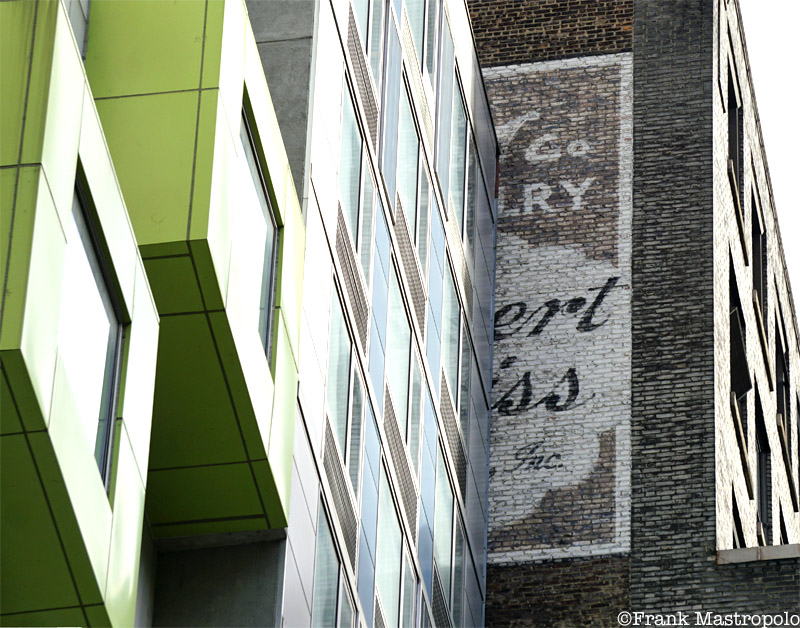
Albert Weiss began his career in the 1930s as an apprentice at Coro Jewelry, one of the country’s largest costume jewelry manufacturers. Weiss developed his skill as a jewelry designer and in 1942 founded his own business on Fifth Avenue. Weiss specialized in handcrafted pieces that featured smoky rhinestones, called “black diamonds,” in intricate settings. His advertising slogan was “Why do you want diamonds when there is Albert Weiss!”
Weiss turned the company over to his son Michael in 1969. Financial difficulties forced Albert Weiss to close in 1971. Its ad remains in the Garment District though obscured by Marriott’s Fairfield Inn and Suites.
9. Bowery Branch YMCA, 8 East Third Street
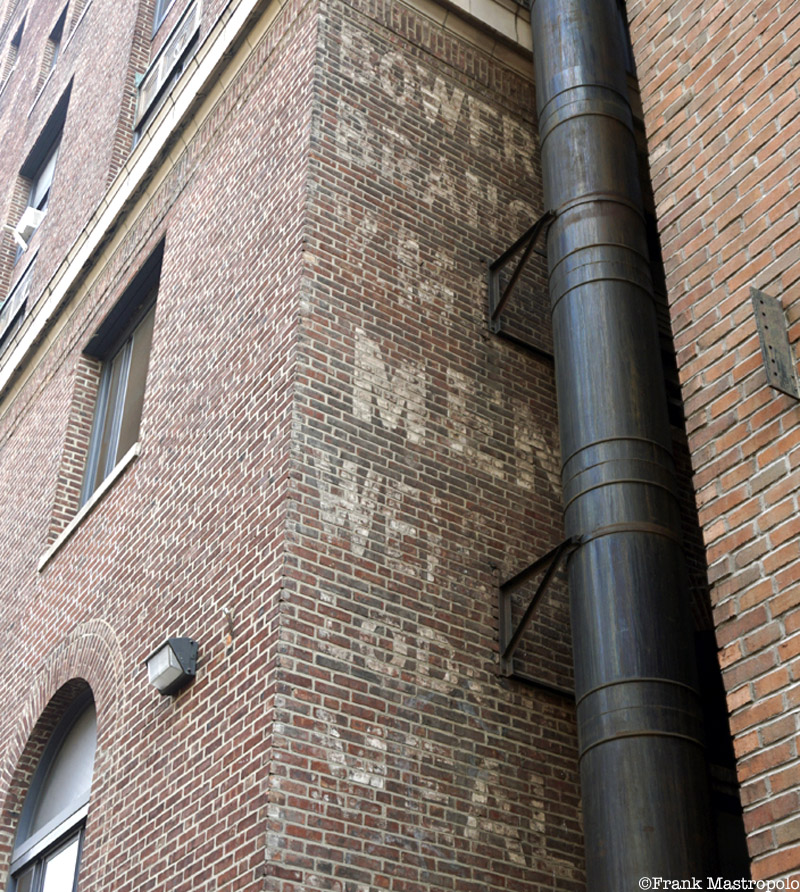
The Bowery was rife with drinking, gambling and homelessness when the Bowery Branch YMCA opened here in 1915. A bulletin board in the lobby listed the services it provided: “Wholesome food, bath, physical examination, clean bed, clean clothes, barber service, social times, employment, credit until pay day, encouragement, dormitory, religious meetings, educational classes, reading room, helpful recreation, new friends, savings account, self-reliance.”
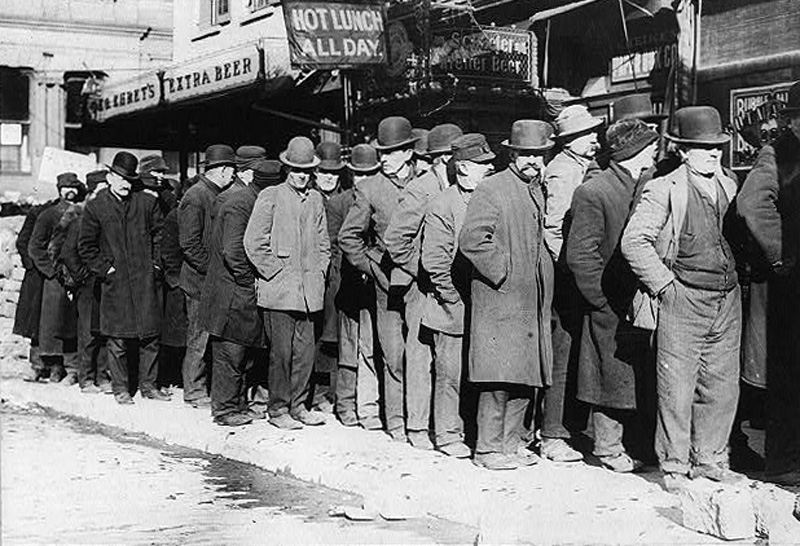
The Bowery Branch YMCA was a pioneer in providing this help to homeless men. YMCAs at the time routinely offered only reading rooms, religious services and some recreational activities. On the wall facing an alley is a narrow painted sign partly covered by a large pipe. The sign reads, “Bowery Branch YMCA, Men Welcome, Lodging, Meals, Employment.” The sign survives although the YMCA sold the building to the city in 1947. Today Project Renewal offers assistance to homeless men at the site.
10. London Motors Dodge-Plymouth, 475 Flushing Avenue, Brooklyn
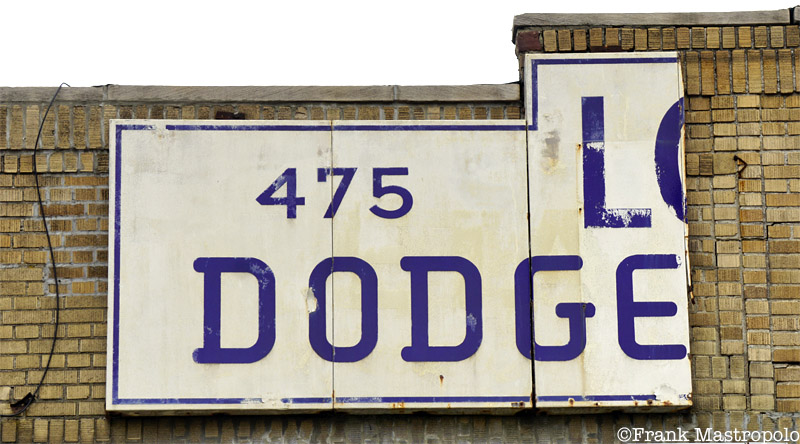
“Approximately 200 persons attended the grand opening of London Motors, new Dodge and Plymouth dealers, 127 Union Ave., in the Williamsburg section, in their new showroom,” the Brooklyn Daily Eagle reported on Oct. 4, 1951. “Fred W. Schultz and Abraham London, the owners, greeted all their friends and well-wishers as they arrived. Shultz has been connected with Dodge-Plymouth for the past 35 years and London has been an outstanding Brooklyn merchant for the past 40 years.”
The Plymouth brand was discontinued in 2001. London Motors closed in the mid-1950s. Its severed ghost sign is displayed above its service center about a half mile from the showroom. Frank Jump’s Fading Ad blog shows a bit more of the original sign.
A wealth of forgotten ads can be found in Mastropolo’s books on Uptown and Downtown Manhattan ghost signs. Music fans, check out the author’s books on legendary concert venue Fillmore East and a comprehensive history of rock in NYC. Next, check out the authors’ Untapped articles on The Forgotten Theaters and Haunts of Actor Jackie Gleason and East Village Ghosts Signs That Reveal the History of Avenue A.





